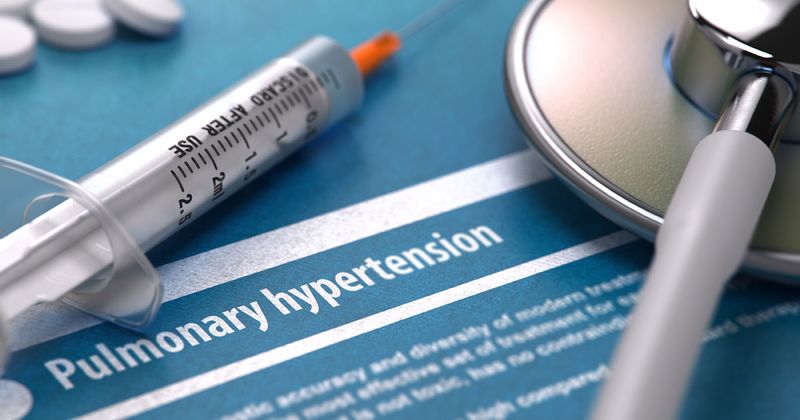Registry highlights ‘evolving characteristics’ of patients with PAH
Click Here to Manage Email Alerts
The U.S. Pulmonary Hypertension Scientific Registry provides novel insights on patient characteristics, diagnosis delays and treatment trends in adults with pulmonary arterial hypertension.
Middle-aged women with idiopathic PAH or associated PAH comprise the majority of patients with group 1 PAH, according to data published in CHEST.

Moreover, delays in diagnosing PAH remain a challenge, and among those with a diagnosis of PAH, use of combinations of PAH-targeted medications is common.
“Over the past 4 decades, investigators have described evolving characteristics of patients diagnosed with PAH and improving survival associated with advances in disease management,” Jessica B. Badlam, MD, pulmonologist and assistant professor at the University of Vermont, and colleagues wrote.
Researchers reported data from the multicenter prospective cohort registry on 499 adults (mean age, 55.8 years; 79% women) diagnosed with group 1 PAH enrolled in the National Biological Sample and Data Repository for PAH within 5 years of a cardiac catheterization demonstrating hemodynamic criteria. Researchers performed a structured interviews and questionnaires to collect exposure and reproductive histories.
In the cohort, from 2015 to 2018, 48% had a clinical diagnosis of idiopathic PAH, 51% had familial PAH and 1% had pulmonary veno-occlusive disease/pulmonary capillary hemangiomatosis.
The mean duration between symptom onset and diagnostic catheterization was 1.9 years.
Before enrollment, 66% of patients were treated with more than one PAH medication.
“Treatment with the combination of an [endothelial receptor antagonist] and a [phosphodiesterase type 5 inhibitor] increased from 12% (REVEAL Registry) to 24% (USPHSR), perhaps reflecting the reported benefit of upfront initiation of an ERA and a PDE5 inhibitor in treatment-naive PAH patients,” the researchers wrote. “The proportion of patients with PAH treated with triple combination PAH therapy increased from 8% (REVEAL Registry) to 15% (USPHSR), reflecting both expedient patterns of practice and recent Prostacyclin Receptor Agonist in Pulmonary Hypertension (GRIPHON) trial data showing incremental benefit with the addition of selexipag (Uptravi, Actelion) to background dual therapy.”
Among women, 37% reported miscarriage, 22.7% premature birth, 18.5% abortion and 4.2% stillbirth. PAH was rarely diagnosed, with only 1.9% diagnosed within 6 months of a pregnancy. Thirteen percent of patients had pathogenic or suspected pathogenic variants, which reclassified 18% of those with idiopathic PAH and 5% of those with associated PAH as having heritable PAH.
Prescription use in the past was common, with 16% reporting use of weight-loss drugs, 27% recreational drugs and 77% oral contraception. The most common hormone exposure was oral contraception in 76.9% of all female patients, followed by 19.3% on hormone replacement therapy. Few patients had a history of androgen use (0.8%), diethylstilbestrol treatment (1%) and drugs to induce ovulation (4.4%).
“Despite considerable research into understanding how sex hormones may influence the development and progression of PAH, the contribution of estrogens and reproductive factors to the increased susceptibility of women to develop PAH and potentially their improved survival once diagnosed, remains poorly understood,” the researchers wrote.

